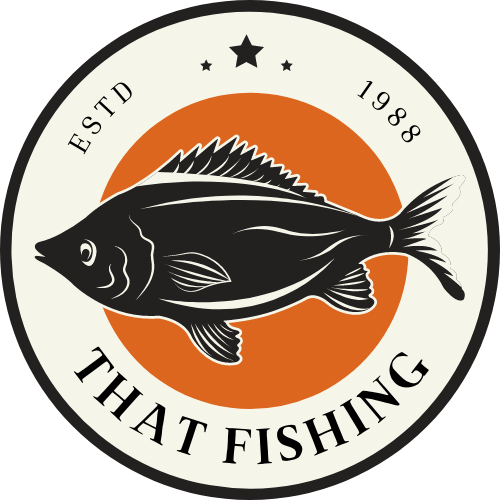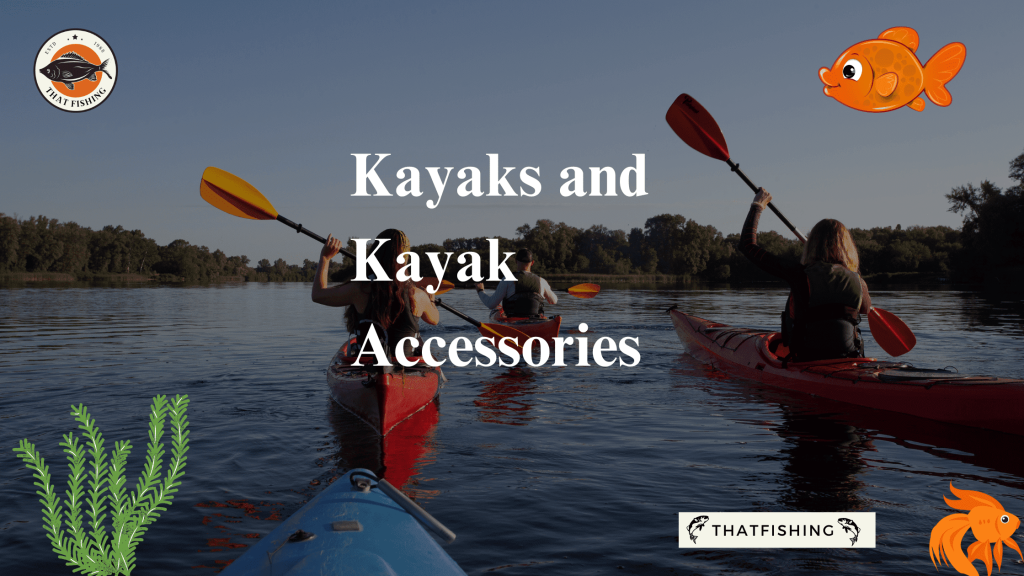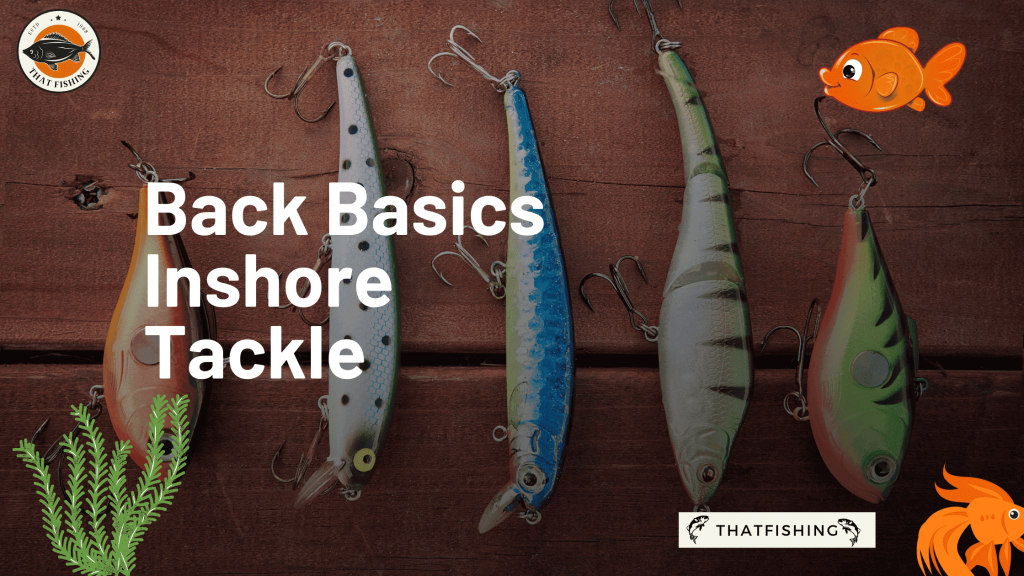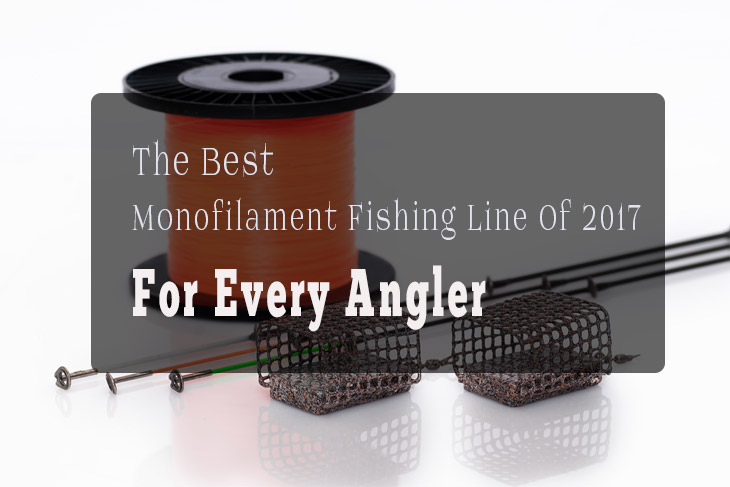By this point, we’ve all seen them—the fishing kayaks decked out with everything from GoPro mounts and live wells to sails and even motors.
To the beginner kayaker, the amount of options to add to your kayak can seem somewhat overwhelming. Sure, you can add tons of stuff to your plastic yak, but where do you start?
The following are a few basic accessories that can slowly turn your barren paddle craft into a much more functional piece of equipment without getting too crazy.
Also, check out the best fishing kayaks here
Quick Navigation
1. Seats
2. Rudder
3. Anchor Trolley
1. Seats
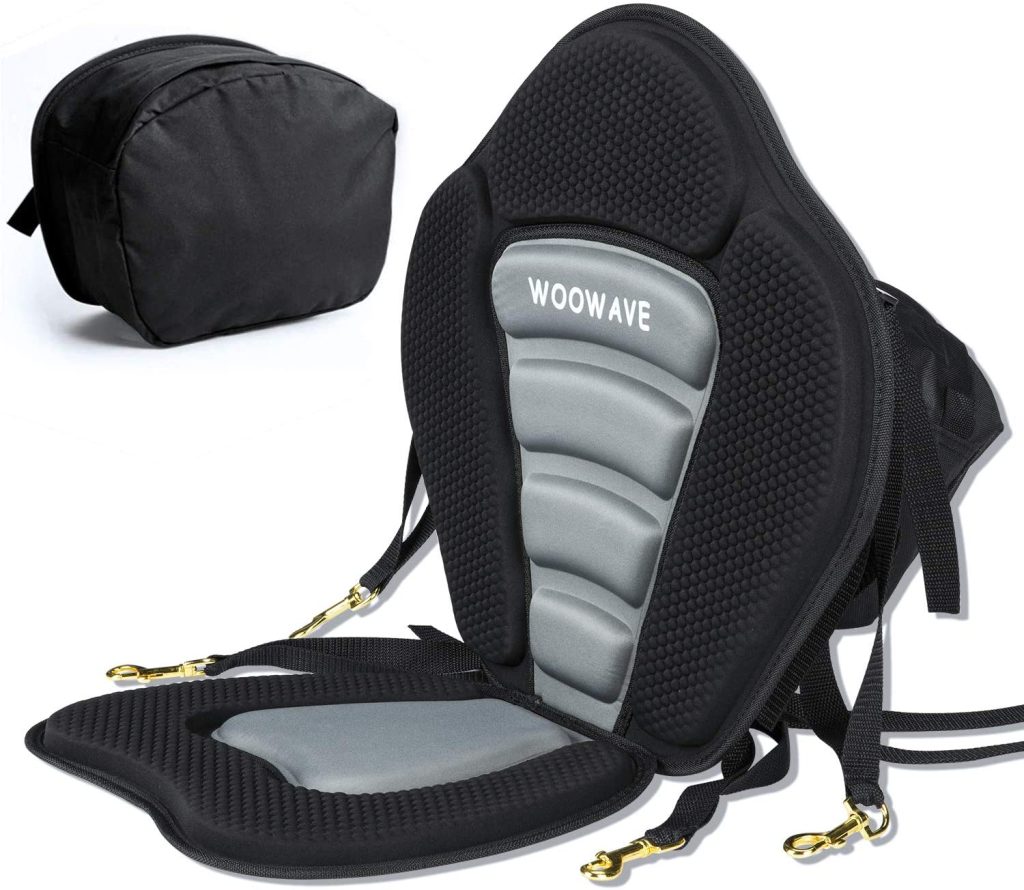
This may seem a bit basic, but first things first, right? A good seat is probably one of the most important pieces of equipment you can “upgrade” on your kayak.
Think about it: It’s where you spend almost all your time. Kayaking and kayak fishing is supposed to be enjoyable, and each trip can be much more enjoyable when you’re actually comfortable.
Stock kayak seats are often extremely basic. Some even lack a bottom and are just a support to lean against.
I personally suggest biting the bullet and investing in a nice seat. When you’re already staring at almost a full day in the yak or over 10 miles of paddling, the last thing in the world you want is to be cripplingly uncomfortable.
Some kayaks don’t come with the standard cleats that are required with a seat. But with a few basic tools and sealant, it’s pretty easy to get the kayak ready to not only accept a new seat, but also make it comfortable.
2. Rudder
Another somewhat basic piece of equipment, but one that can make your life infinitely easier.
I personally swear by a rudder—it’s far better to have and not need than need and not have.
The advantage to a rudder is tackling windy conditions during longer paddles. The rudder helps the kayak track much more easily so you aren’t constantly trying to correct, and therefore alter, your paddling rhythm.
A simple pedal-steered rudder can make life much easier while out on the water. These are advantageous in foul weather as well when you’ve been caught in the wind and have to turn around.
Ask anyone who’s struggled with that, and they know the nightmare it can be. Finally, a rudder proves useful even in calm conditions on days when you’re out fishing.
You can get the kayak moving with a few paddle strokes, and after picking up the rod, you can easily adjust the direction of the kayak with some simple footwork with the pedals. It’s even easier when the wind is at your back.
Much like the seats, installing a rudder just requires a few basic tools and obviously the equipment.
Be sure to sit in the seat and measure out how comfortable you are and how far away you need the pedals to be based on your leg length.
If your rudder doesn’t already have it, I highly suggest using a steel cable to link the rudder to the pedals.
My last rudder with steel cables lasted 11 years before finally needing any maintenance.
3. Anchor Trolley
This is one that I don’t see many people using. In fact, I don’t see a ton of people using anchors to begin with.
But the advantage to an anchor trolley is the ability to adjust the direction you’re faced when anchored up.
With this very simple pulley system, a kayaker can change the facing and actual location of the kayak even while anchored. Need the pivot point of the anchor line to be off the bow? Just adjust it.
Need to face the opposite direction so you can cast repeatedly into that hole? Fine-tune the pivot point to your liking. It’s proved invaluable for me on several occasions, and it wasn’t particularly difficult to install.
So if you’ve just recently dipped your toes into the world of kayaking, try and start small. The bigger, more in-depth accessories can wait.
Focus on the basics first. With these simple upgrades, you can easily step up your kayak game. Just be careful: Upgrading the kayak can be a slippery slope. Before you know it, you’ll be latching on sails and live wells just like everyone.
Related Reads
